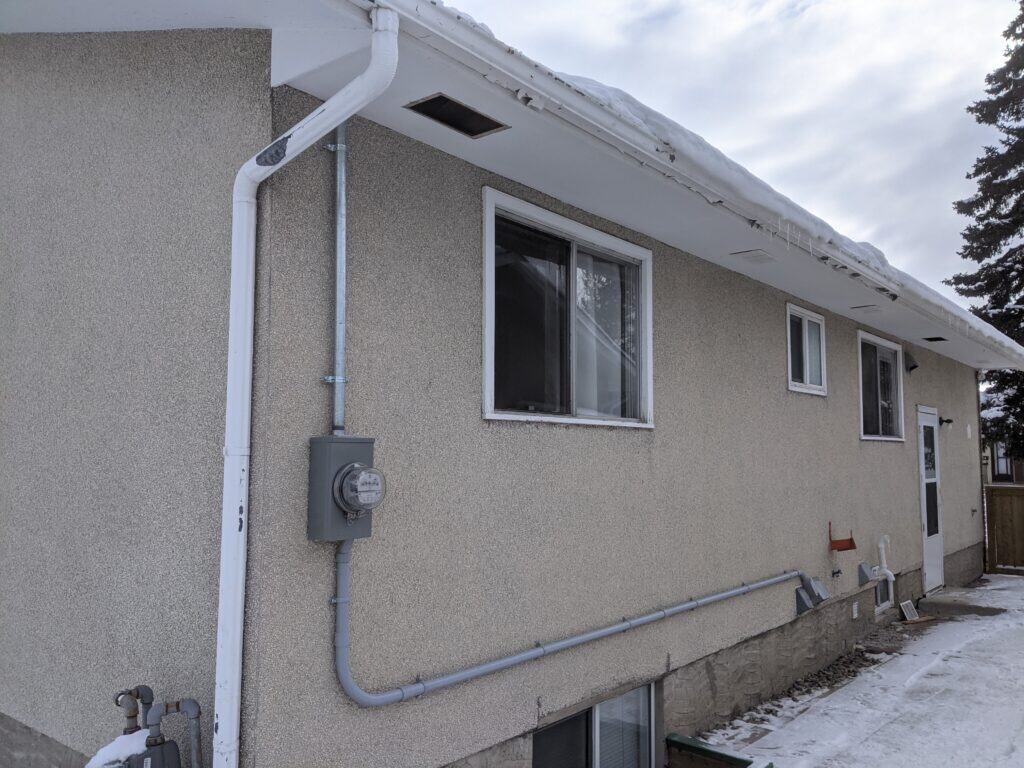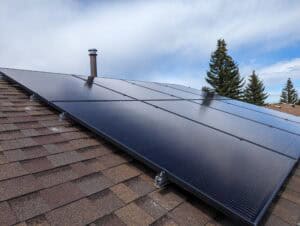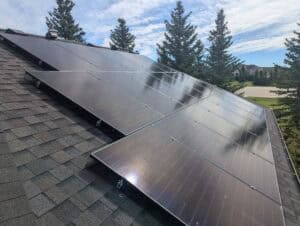Electricity powers nearly every part of modern life, but it also poses serious risks when not properly maintained or respected. Across North America, thousands of electrical injuries occur each year — many involving overhead power lines or aging utility poles. In Alberta, where strong winds, freezing rain, and heavy snow can stress infrastructure, awareness and maintenance are critical to preventing dangerous incidents.
Understanding What’s on a Utility Pole
Utility poles are everywhere — along streets, alleys, and rural roads — but few people realize just how much high-voltage equipment they carry. Each pole typically supports several key components:
- Transformer: The large cylindrical canister mounted high on the pole. It steps down the high-voltage power from the grid to a lower, usable voltage for homes and businesses.
- Transmission Wires: These thick, upper-level wires deliver electricity from substations. They can carry voltages anywhere from 70,000 to 400,000 volts before being reduced by the transformer.
- Distribution Lines: Once voltage is reduced, these mid-level wires deliver electricity (usually 5,000 to 25,000 volts) to residential neighborhoods.
- Communication Lines: Lower on the pole, these carry data and phone signals, such as internet and television cables.
Every component is essential for reliable power distribution — but when any part is damaged, the entire pole becomes a hazard zone. That’s why regular maintenance and professional inspection are so important, especially in older Calgary neighborhoods where infrastructure may date back several decades.
Common Dangers Associated with Utility Poles
1. Stray Voltage
Over time, the insulation around high-voltage wires can degrade, especially in areas exposed to moisture, ice, and road salt. This wear can allow small amounts of current to leak into the ground — a phenomenon known as stray voltage. The electricity can travel through soil and metal, energizing nearby objects such as fire hydrants, streetlights, or even fences. Touching one of these energized objects can result in a powerful electric shock.
If you ever suspect stray voltage — for example, if you feel a mild tingling or buzzing sensation when touching a metal surface outdoors — stay back and contact your local utility provider immediately. Never try to investigate or repair electrical issues yourself. Always rely on a licensed Calgary electrician to inspect and repair any electrical hazards around your home or property.
2. Downed or Damaged Power Lines
Broken or sagging power lines are one of the most obvious dangers. Even a single fallen wire can carry thousands of volts, enough to cause fatal injuries instantly. After major storms or vehicle collisions involving poles, assume every wire is live and stay at least 10 meters (33 feet) away. Water and snow can conduct electricity, so standing near puddles or wet ground can be just as dangerous as touching the wire itself.
Report any downed or leaning utility pole




